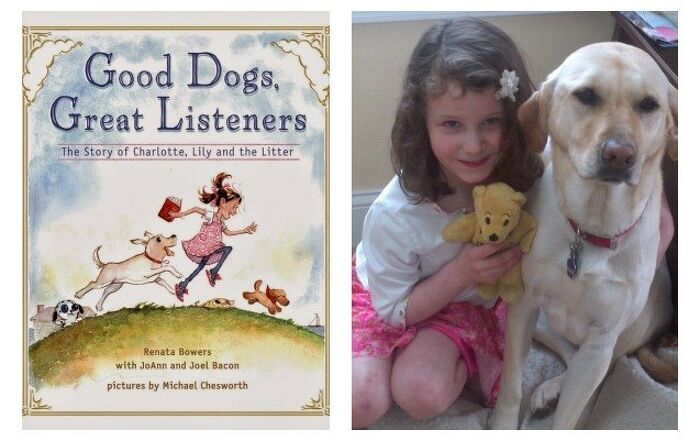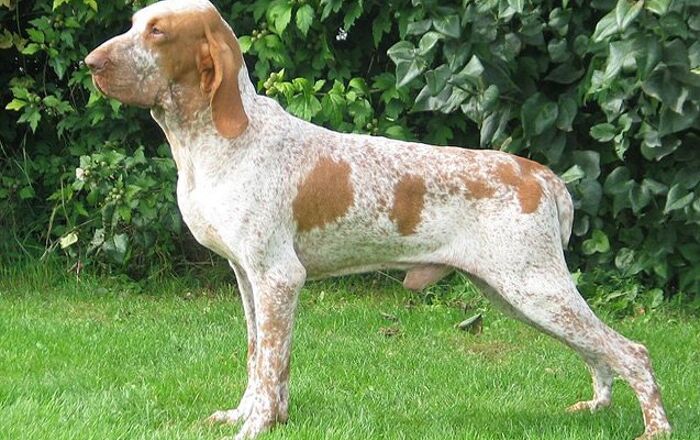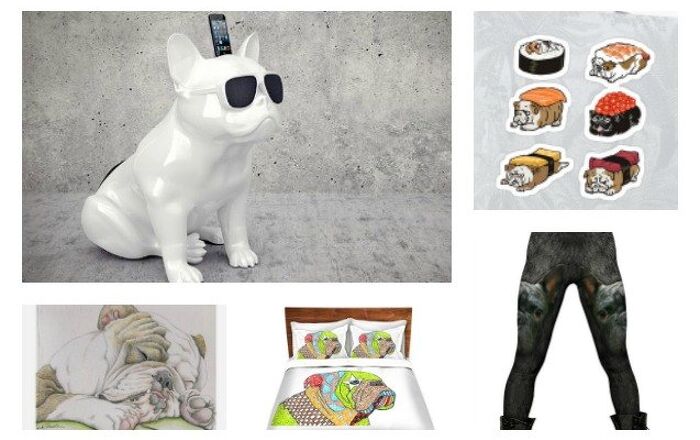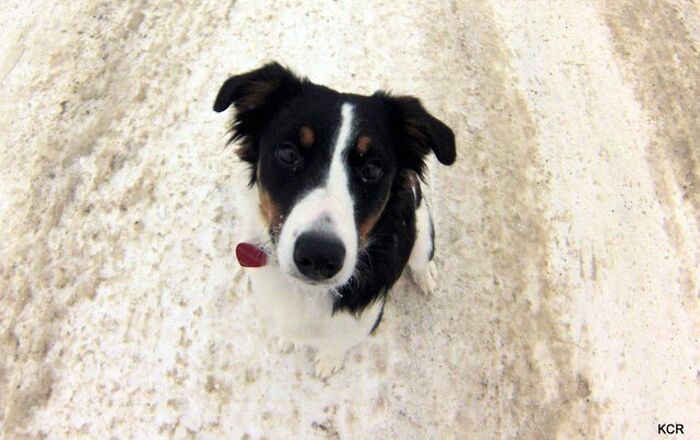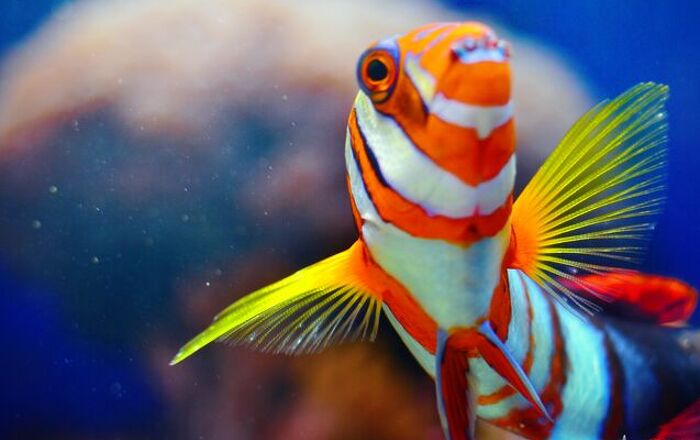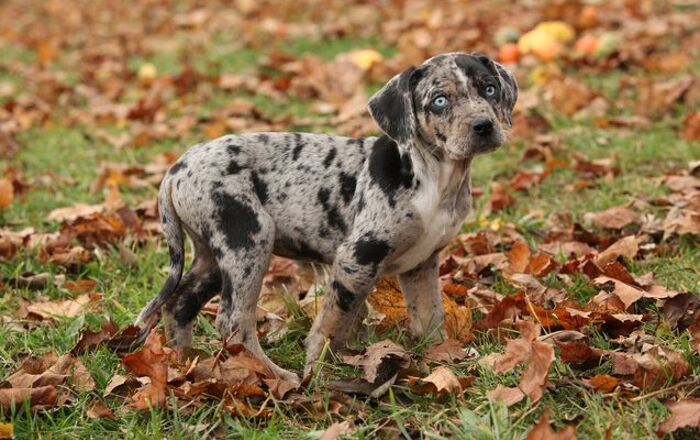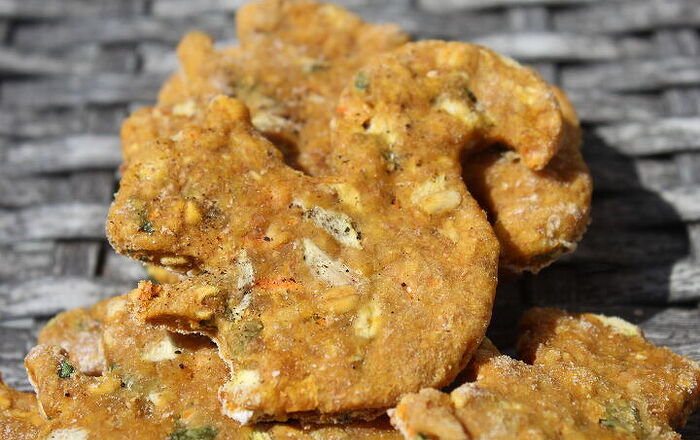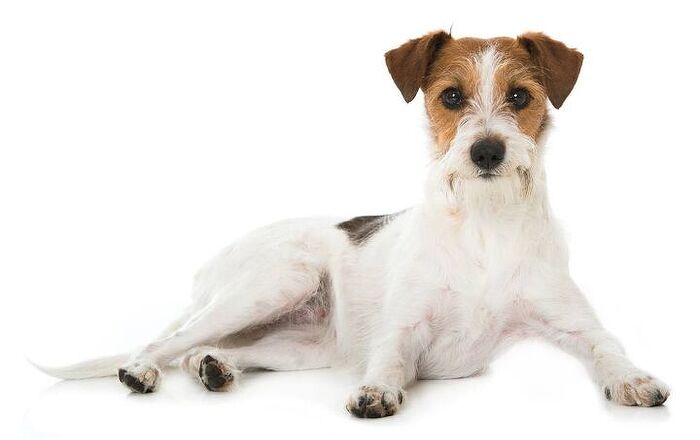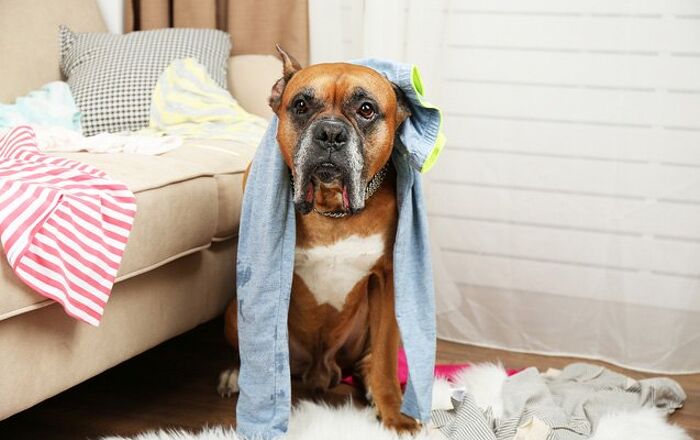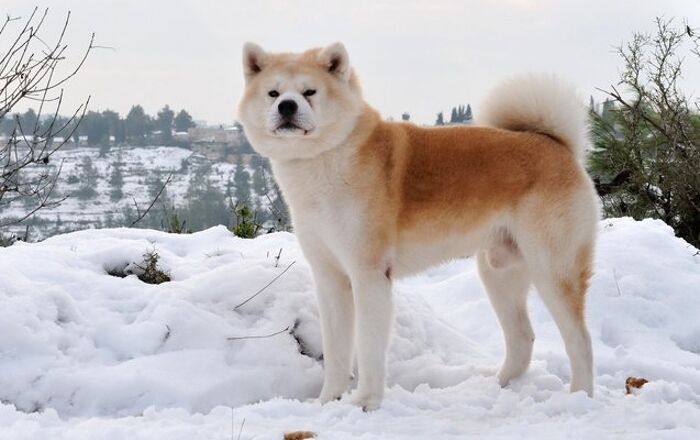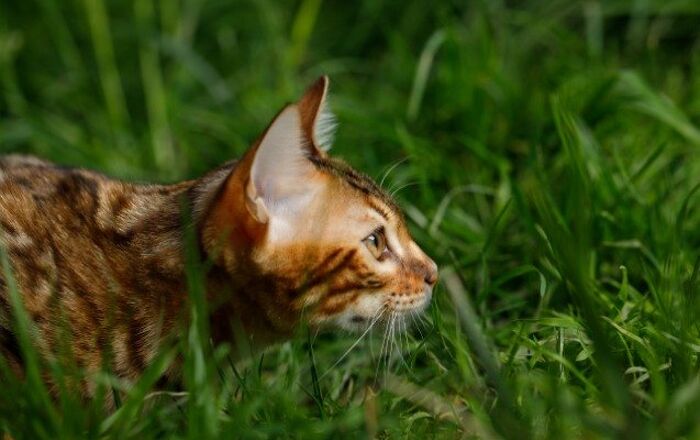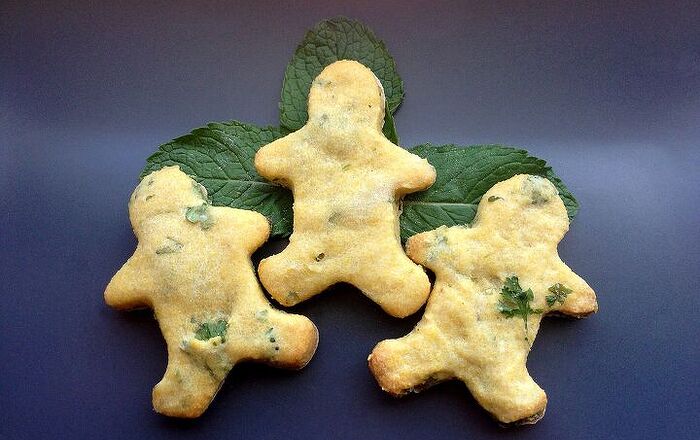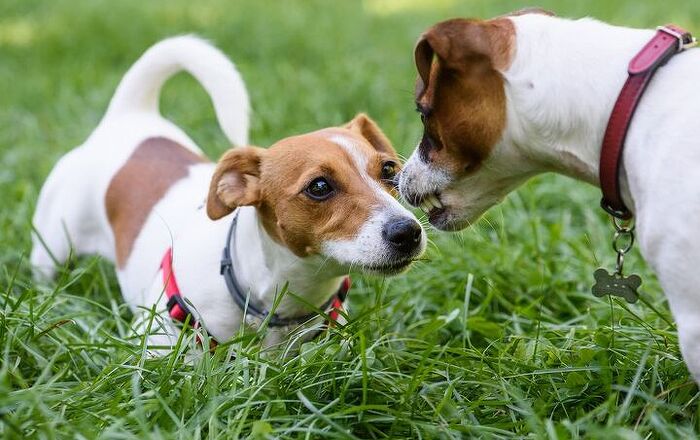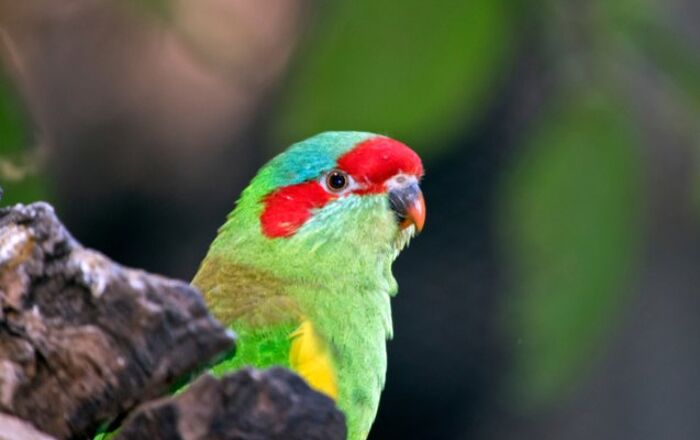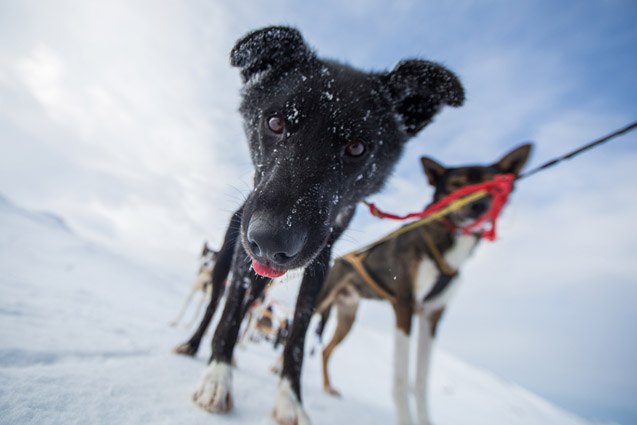
Bad habits are hard to break, so why not avoid them in the first place? Steer clear of these common dog mushing mistakes that make you look like a rookie and be a pro from the get-go!
“My dog runs best with motivation.” Have you ever said that? We all need a little bit of motivation to get our and exercise. Some people seem hard wired to exercise – always hitting the gym or running the extra mile. On the other end of the spectrum, the only marathon others are interested in involves a couch and an extra slice of pizza. It turns out that dogs aren’t much different. Some are going to be naturally inclined to jump right into pulling sports, while others need some coaxing.
The mistake most people make, whether it’s going to the gym or mushing with dogs, is that you need strong motivation to get going. When it comes to mushing, especially when you’re new to the sport, your dog will want to please you but won’t have any idea what you’re asking. Chasing another team may move you in the forward, but that kind of motivation isn’t a long-term solution.
Related:6 Types of Urban Mushers You’ll Meet on the Trails
Your dog navigates much of his life based on instinct. Meet a new friend? Sniff their butt. Something gross in the grass? I need to roll in it. See something moving up ahead? Chase it!
If your dog’s source of motivation to run is chasing something down the trail, all he’s doing is chasing – that’s not mushing. There are no skills to learn and no training involved.
While chasing a ball during play is wonderful, it doesn’t transfer to other scenarios. If your dog is encouraged to chase other dogs, they aren’t going to distinguish chasing other trail users, some of whom may not appreciate being chased. Chasing can also be a little distressing for the team in front. Confident dogs likely won’t care, but a dog who has been attacked from behind or is otherwise nervous may not react well when they are “caught.”
If your dog is stuck chasing other teams, it’s time to take it back to basics. This mistake can be fixed by working on your “Line Out” command. When this command sticks, your dog will understand what you are asking. In no time at all, you’ll both be leading the pack.
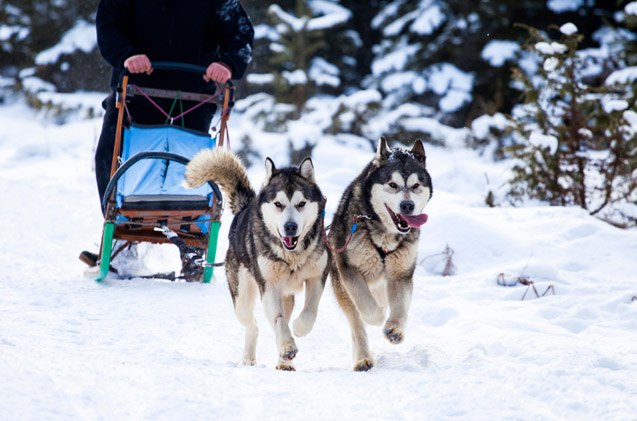
It’s not a sport if your dog is dragging you around. Mushing is a team sport, whether you are running one dog or a team of 12 – you don’t get to just stand there and hold on. If you’re too tired to kick, take a break. When you’re playing as a team, you’re trying to keep up with your dog, and they are demanding personal trainers!
It takes time to build your cardio endurance and develop muscle strength. That means when you need to go a bit slower, listen to your body. Don’t make the mistake of overdoing it and letting your dogs take the brunt of the work. When you play as a team, it will eventually all come together.
Paws and pavement do not mix. If you agree, you have my permission to skip ahead to the next point, as this is going to get graphic. I know it can be hard to find a place to run your dogs, but trust me – the guilt you will feel when your dog blows a pad, or develops muscular skeletal issues, you’ll wish you had heeded my advice and skipped the run on hard pavement.
Not familiar with a blown paw pad? This happens when a fast-moving dog (or even a pooch moving at a trot) hits the not-so-forgiving pavement, and the skin on their paw pad is torn or ripped off. You can tell your dog has blown a pad if you can see the layer of fat showing through where the skin has rubbed away.
Related:What You Need to Know About Paw Wax
Pavement also holds heat, and a hard-running dog is closer to the ground than you are. You may not notice the heat the same way that your fur-covered friend does. A dog working in harness will have an elevated body temperature, and running him on a heat-holding surface such as pavement is putting him at risk for heat stroke.
If you’re having problems finding a suitable spot, join a local mushing group. These groups are everywhere, they know the best places to mush, and have their own Facebook pages… making them easy to find.
Surgeon General’s Warning: Mushing Sports are EXTREMELY additive for dogs and humans alike.
This statement should come on every harness. It’s true! Mushing is addictive, and you’ll be tempted to jump in with two feet and four paws! But don’t overdo it. Start small – give yourself permission to be where you are, and in time, your distance and speed will increase.
Quite often, people new to the sport start out strong; but over time, drop out of the race. What happened? It’s possible the dog has burned out. To avoid dog burn out, keep runs short and fun. If you’re still learning your limits and happen to overdo it, don’t stress out. Next time, plan for a run that’s guaranteed fun! Learning to stop before your dog is done means that your dog will soon be begging for more.
This principle also applies to dog power. With one dog, you’re moving along at a pretty steady pace. But eventually, the need for speed kicks in and you want to add another dog. I think you should definitely add another dog… but not in your first season. Mistakes, crashes, and mishaps are much easier to manage at slower speeds. The more dogs you have, the more likelihood that things can go wrong!
By avoiding a few bad habits, you are setting yourself up as a mushing pro with a long career ahead of you. Enjoy every minute of it!
